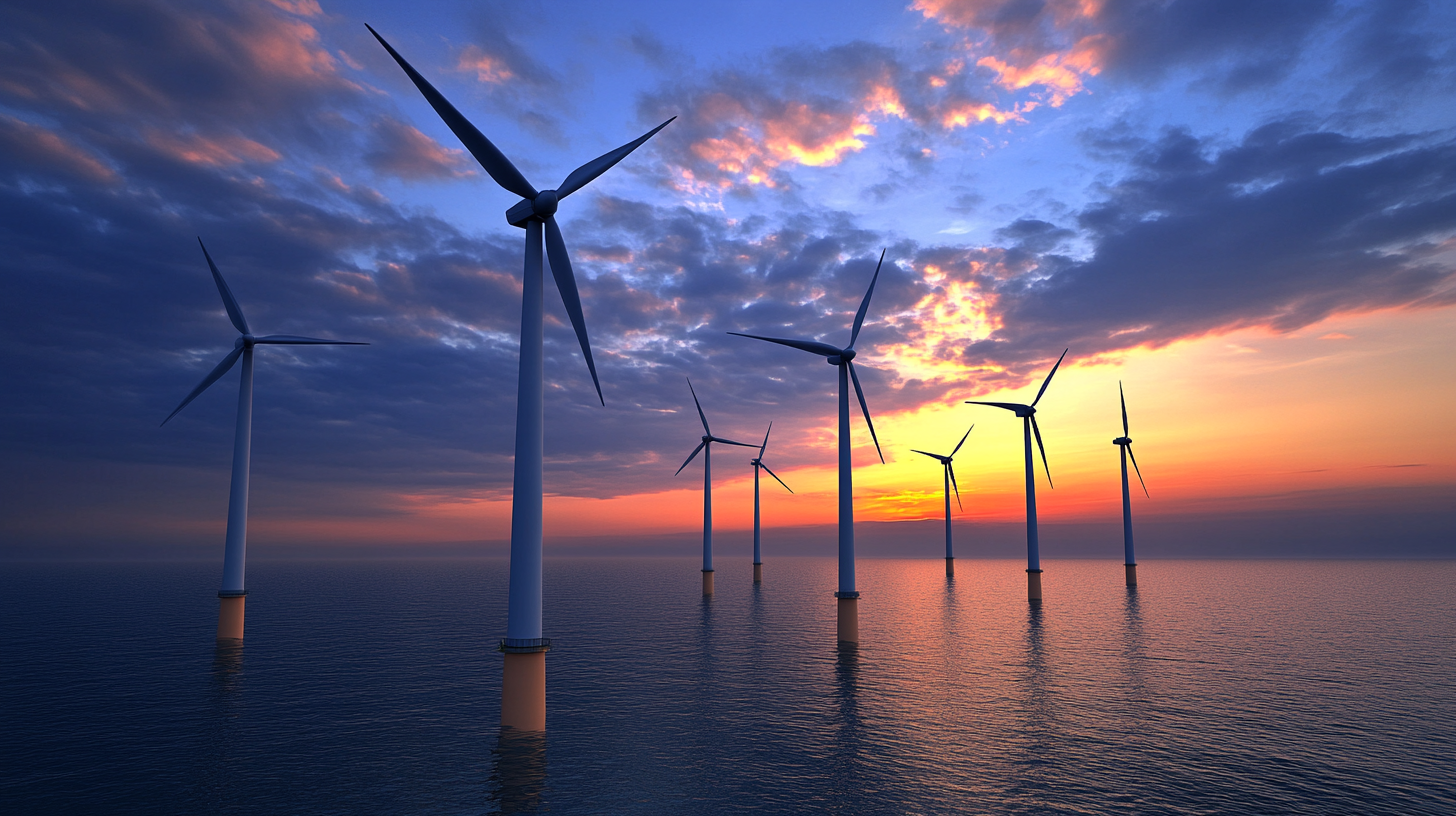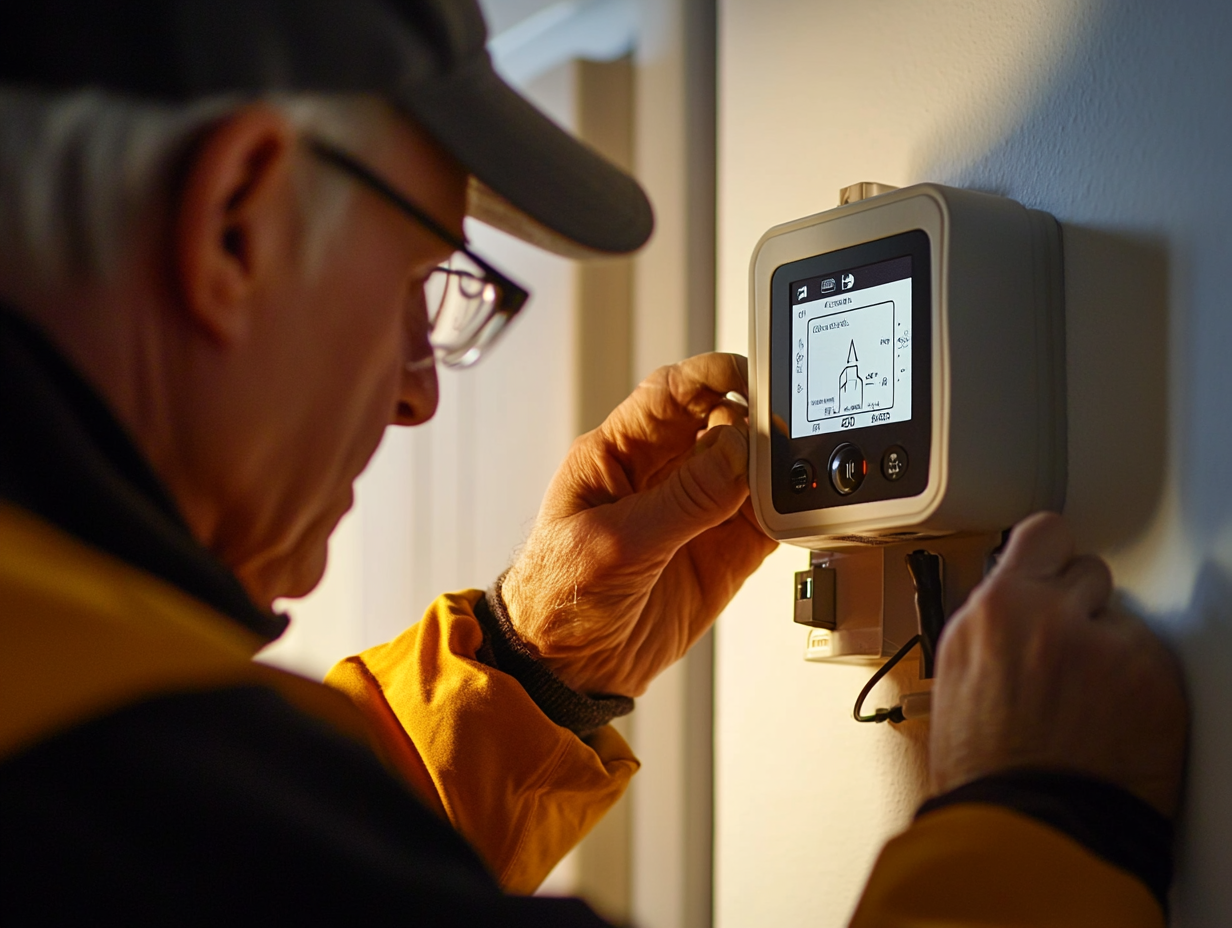
Commercial Energy Efficiency Retrofits: Enhancing Sustainability and Reducing Costs
Estimated reading time: 10 minutes
Key Takeaways
- Commercial energy efficiency retrofits are essential for sustainability and cost reduction.
- Upgrading systems like HVAC and lighting can significantly lower energy consumption.
- Benefits include lower utility bills, increased property value, and reduced environmental impact.
- Implementing retrofits can be cost-effective through phased strategies and financing options.
- Choosing the right energy upgrade services ensures successful retrofitting outcomes.
Table of contents
- Understanding Energy Efficiency Retrofitting
- Benefits of Upgrading Energy Systems
- Retrofit Energy-Saving Solutions
- Energy Retrofit Case Studies
- Improving Building Efficiency: Best Practices
- Exploring Cost-Effective Energy Retrofits
- Energy Upgrade Services: What to Look For
- Conclusion
- Frequently Asked Questions
Understanding Energy Efficiency Retrofitting
What is Retrofitting?
Energy efficiency retrofitting is the process of equipping existing buildings with modern energy-efficient technologies and solutions to boost their performance. This often involves upgrading various systems within a building to save energy and improve overall functionality. For businesses interested in renewing their business energy, retrofitting is a crucial strategy.
Key Systems in Retrofitting
Several systems are typically involved when upgrading energy systems in retrofitting projects. These include:
- HVAC Systems: Enhancements to heating, ventilation, and air conditioning systems to improve efficiency.
- Lighting: Transitioning to energy-efficient lighting options such as LED technology. For more on lighting solutions, see Commercial Solar Panel Installation UK: Benefits, Process, and Cost Insights for Businesses.
- Insulation: Improving building insulation to prevent energy loss and enhance temperature control.
Implementing these upgrades not only enhances operational efficiency but also contributes significantly to improving building efficiency.
Benefits of Upgrading Energy Systems
Upgrading your energy systems can lead to numerous advantages:
- Lower Utility Bills: By reducing energy consumption, you’ll see a significant drop in your monthly utility expenses. Understanding Business Electricity Rates UK can help you maximize these savings.
- Enhanced Comfort Levels: Occupants enjoy better temperature regulation and improved air quality, contributing to a healthier work environment.
- Increased Property Value: Sustainable features attract future tenants, boosting property value and marketability.
- Environmental Impact: Using less energy supports sustainability goals and lowers overall carbon emissions.
- Tax Incentives and Rebates: Many governments offer financial incentives for incorporating energy-efficient improvements.
These benefits make cost-effective energy retrofits an attractive option for property owners looking to elevate their buildings’ performance.
Retrofit Energy-Saving Solutions
There are various retrofit energy-saving solutions available to enhance energy efficiency in commercial buildings. Here are some of the most effective approaches:
1. Lighting Upgrades
Switching to LED lighting and incorporating smart controls can lead to substantial electricity savings. LEDs consume less power and last significantly longer than traditional bulbs.
2. HVAC Enhancements
Installing high-efficiency HVAC units and smart thermostats can greatly improve energy performance. These systems optimize temperature control, resulting in lower energy usage without sacrificing comfort.
3. Building Envelope Improvements
Enhancing the building envelope involves adding quality insulation, sealing air leaks, and replacing old windows. These improvements minimize energy loss and ensure that the building remains at a comfortable temperature.
4. Water Efficiency Measures
Integrating low-flow fixtures and implementing efficient irrigation systems can reduce overall water consumption and further contribute to sustainability goals.
5. Smart Energy Management Systems
Utilizing real-time monitoring systems helps track energy use and identify inefficiencies, enabling proactive management of energy consumption. For businesses looking to leverage energy consumption data analytics, this is an essential tool.
6. Renewable Energy Integration
Incorporating renewable energy sources, like solar panels, can drastically reduce reliance on nonrenewable energy and strengthen sustainability efforts. Explore renewable energy options for businesses to find the best fit for your needs.
These innovative energy upgrade services can lead to a comprehensive enhancement in improving building efficiency.
Energy Retrofit Case Studies
Liberty Tower, Dayton, Ohio
A noteworthy example of successful commercial energy efficiency retrofits is the Liberty Tower in Dayton, Ohio. This historic 85-year-old building underwent a multifaceted retrofit that included:
- Installing LED lighting throughout the building.
- Replacing old boilers with high-efficiency models.
- Upgrading building control systems for better energy management.
As a result, the tower saw substantial reductions in both energy consumption and costs, showcasing the powerful impact of energy retrofit case studies.
Improving Building Efficiency: Best Practices
To ensure effective retrofitting, consider these best practices:
Conduct Comprehensive Energy Audits
Starting with a detailed energy audit helps identify specific areas for improvement, allowing for targeted solutions to enhance efficiency.
Prioritize High-ROI Upgrades
Focus on upgrades that promise the highest return on investment. This strategic approach ensures that funds are used efficiently and effectively.
Systematic Approach
Adopting a systematic approach can help uncover deeper energy savings throughout the building, leading to greater overall efficiency.
Continuous Monitoring
After implementing upgrades, continuous monitoring is crucial. This ongoing oversight ensures systems remain efficient and any inefficiencies can be addressed promptly.
By adhering to these best practices, building owners can significantly enhance improving building efficiency while maximizing the benefits of cost-effective energy retrofits.
Exploring Cost-Effective Energy Retrofits
Implementing energy retrofits does not always require massive upfront investments. Here are strategies to help make retrofitting more affordable:
Phased Implementation Strategies
Consider implementing upgrades in phases. This approach allows businesses to manage financial impacts over time and minimizes disruptions.
Explore Financing Options
Investigate financing avenues such as Energy Service Agreements (ESAs) and Property Assessed Clean Energy (PACE) bonds. These options can help mitigate initial costs and make retrofitting more financially feasible.
Utility Programs
Many utility companies offer programs that provide incentives, rebates, or discounts for businesses that choose to implement energy-efficient solutions. Taking advantage of these programs can lower overall project costs. Learn more about financing and incentives through our guide on energy to business renewing your business energy.
By employing these approaches, businesses can unlock the potential of cost-effective energy retrofits while maximizing the benefits of energy upgrade services.
Energy Upgrade Services: What to Look For
When selecting energy upgrade services, it’s essential to choose the right provider to ensure successful outcomes. Here’s what to consider:
Proven Track Record
Look for companies with experience in retrofitting commercial buildings. Their proven success can offer peace of mind.
Certifications and Qualifications
Check for proper certifications and qualifications. Engaging qualified professionals maximizes the likelihood of successful upgrades.
Detailed Proposals
Request detailed proposals that outline projected energy savings. This transparency helps you understand the potential ROI of the investment.
Comprehensive Service Packages
Select providers that offer a complete service package, from initial assessment to implementation and ongoing monitoring. This holistic approach simplifies the retrofitting process. For reliable business energy backup solutions, ensure your provider offers comprehensive services.
By following these guidelines, business owners can select high-quality energy upgrade services and ensure their commercial energy efficiency retrofits are successful.
Conclusion
In summary, commercial energy efficiency retrofits are essential for businesses seeking to lower costs and enhance sustainability. Investing in these upgrades offers improved building efficiency, reduced utility bills, and compliance with environmental goals.
Now is the time for all building owners to assess their structures for retrofitting opportunities. Consulting with professionals specializing in energy-efficient solutions can lead to targeted strategies that drive efficiency and sustainability.
Ready to explore how commercial energy efficiency retrofits can benefit your business? Contact us today to learn more about energy-efficient upgrades and to discover how we can assist you in creating a more sustainable future for your enterprise.
Frequently Asked Questions
What are commercial energy efficiency retrofits?
Commercial energy efficiency retrofits involve upgrading existing building systems with modern, energy-efficient technologies to improve performance and reduce energy consumption.
How do retrofits reduce costs?
By enhancing systems like HVAC, lighting, and insulation, retrofits lower energy consumption, leading to reduced utility bills and operational costs.
What financing options are available for energy retrofits?
Options include Energy Service Agreements (ESAs), Property Assessed Clean Energy (PACE) bonds, and various utility programs that offer incentives and rebates.
How to choose the right service provider for retrofitting?
Look for providers with a proven track record, proper certifications, detailed proposals, and comprehensive service packages to ensure successful retrofitting outcomes.
What are the environmental benefits of energy retrofits?
Energy retrofits reduce overall energy consumption and carbon emissions, supporting sustainability goals and mitigating environmental impact.













